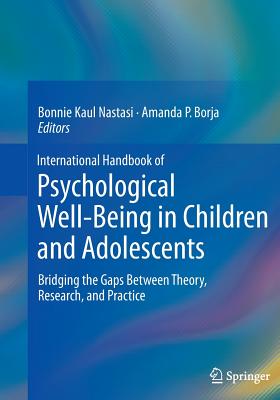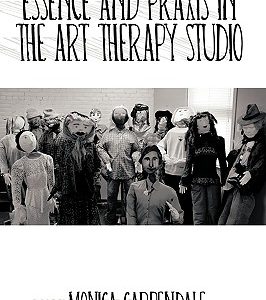International Handbook of Psychological Well-Being in Children and Adolescents: Bridging the Gaps Between Theory, Research, and Practice (2016)
$125.99
Description
This handbook addresses universal developmental and cultural factors contributing to child and adolescent mental health and well-being across the globe. It examines sociocultural contexts of development and identifies children’s and adolescents’ perspectives as critical to understanding and promoting their psychological well-being. It details the Promoting Psychological Well-Being Globally project’s methodology for data collection and analysis, provides cross-cultural analyses of its findings, and offers a practical model for clinicians and other professionals seeking to apply this knowledge to real-life settings.
Featured topics include:
- Sexual health, gender roles, and psychological well-being in India.
- Psychological well-being as a new educational boundary in Italy.
- Mapping psychological well-being in Romania.
- Youth perspectives on contributing factors to psychological well-being in Sri Lanka.
- Culturally specific res
ilience and vulnerability in Tanzania.
The International Handbook of Psychological Well-Being in Children and Adolescents: Bridging the Gaps Between Theory, Research, and Practice is an invaluable resources for researchers, clinicians, scientist-practitioners, and graduate students in child and school psychology, social work, public health, positive psychology, educational policy and politics, and maternal and child health.
Editor: Nastasi, Bonnie Kaul, Editor: Borja, Amanda P
Topic: Psychology
Media: Book
ISBN: 1493968181
Language: English
Pages: 336
Additional information
| Weight | 1.37 lbs |
|---|---|
| Dimensions | 10 × 7 × 0.75 in |















Reviews
There are no reviews yet.